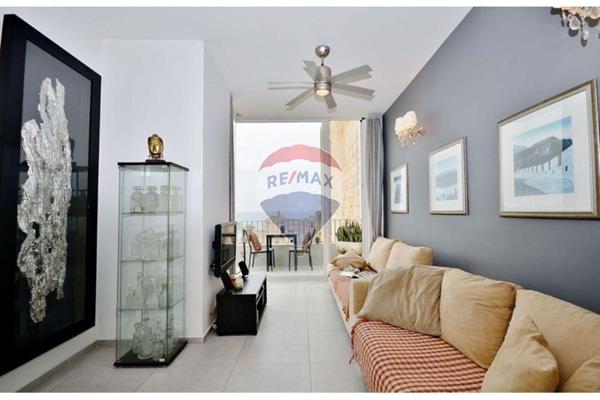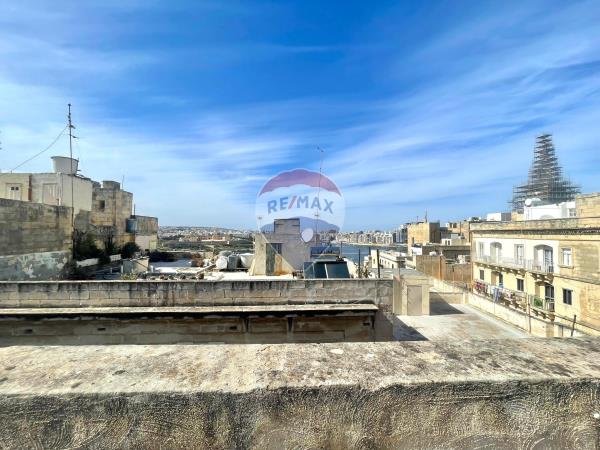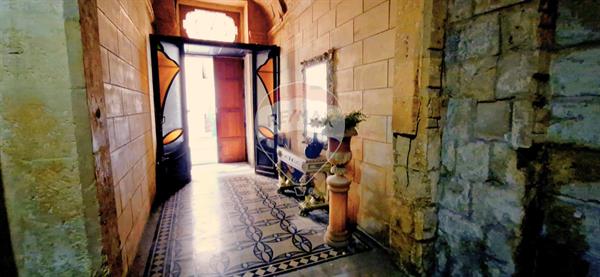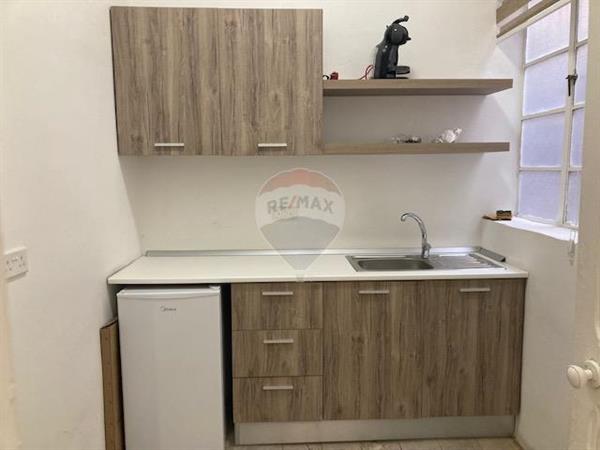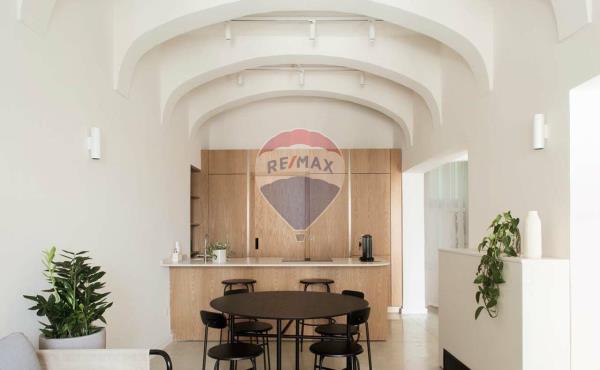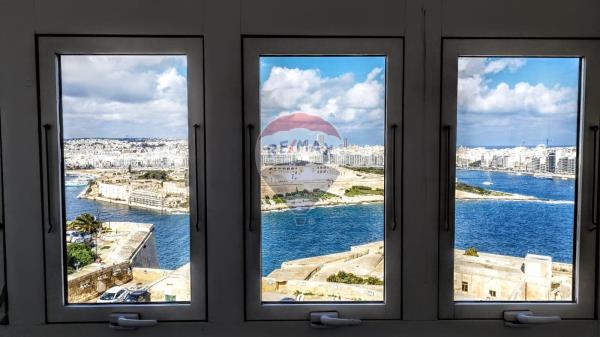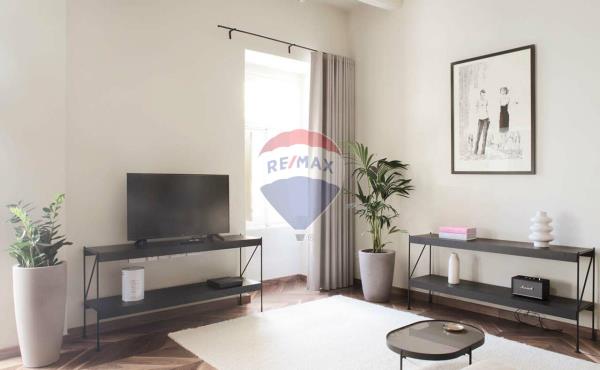Understanding the current trends and forecasts in the Valletta property market can provide valuable insights when making buying or renting decisions. While market conditions are subject to change, here are some key trends to be aware of:
- Steady price growth: Valletta’s property market has experienced steady price growth in recent years, driven by increasing demand and limited supply. The city’s status as a UNESCO World Heritage site and its appeal as a tourist destination have contributed to the rise in property prices.
- Rental demand and yields: Valletta’s popularity as a destination for expats and tourists has led to a strong rental demand. Rental yields can be attractive, particularly for properties located in prime areas and those catering to the luxury segment.
- Urban regeneration and development: Valletta has seen significant urban regeneration and development projects, enhancing the city’s infrastructure and attractiveness. These projects, such as the Valletta Waterfront and the restoration of historic buildings, have positively impacted property values.
- COVID-19 impact: Like many other real estate markets, Valletta’s property market has been affected by the COVID-19 pandemic. While there may have been short-term disruptions, the long-term outlook remains positive, with the city’s unique charm and appeal expected to continue attracting buyers and renters.
Valletta Property Market 2024: Pricing Guide Per Square Meter
As a top choice in the real estate markets in Europe, Valletta offers a unique blend of traditional charm and modern amenities that make it an attractive destination for property investors.
There is a strong demand for residential properties in the area. This demand is expected to continue growing due to factors such as population growth, economic development, and urbanization. As a result, property prices are likely to increase in the coming years, making Valletta an attractive investment opportunity for buyers and investors alike. It is important for anyone considering purchasing property in Valletta to carefully research the market and seek professional advice to ensure they make informed decisions.
In 2024, the market shows clear indications that prices will continue to rise as
demand for properties in the city remains high. The average price per square meter in Valletta is currently priced at around €4,000, with prime locations demanding the highest rates even higher prices.
Key Factors Driving Valletta Property Market Trends
Many buyers see Valletta as a haven for their investments, thanks to Malta’s
strong economy and attractive tax benefits.
* Tourism Boom: Valletta’s popularity as a tourist destination has also had a
impact on investors purchasing properties, whilst several property owners are turning their investments into Airbnb properties, further driving up prices in the city centre.
Valletta Property Market Predictions for 2024
Looking ahead to 2024, experts predict that property prices in Valletta will
have an upward trend in prices reaching €4,500 price per square meter whilst some areas in Valletta will fetch more than €6,000 per square metre.



